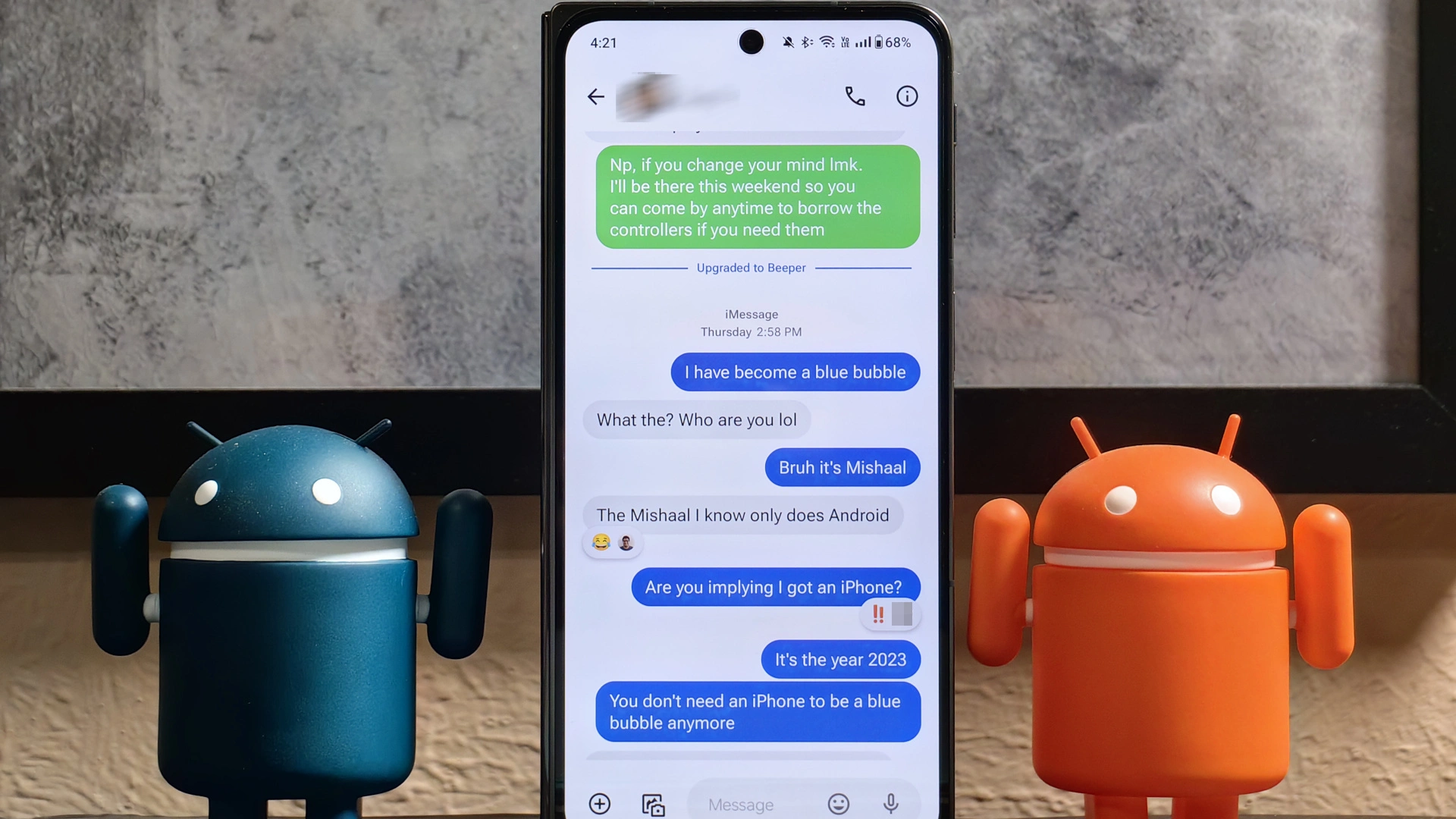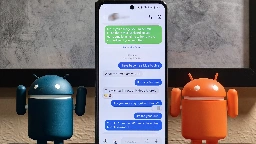Beeper Mini is the iMessage for Android app we’ve been waiting for - Mishaal Rahman
Beeper Mini is the iMessage for Android app we’ve been waiting for - Mishaal Rahman

www.androidauthority.com
Beeper Mini is the iMessage for Android app we’ve been waiting for

Personally I don't care about this since apple is adopting rcs next year. But its a great thing for people who want iMessage.
